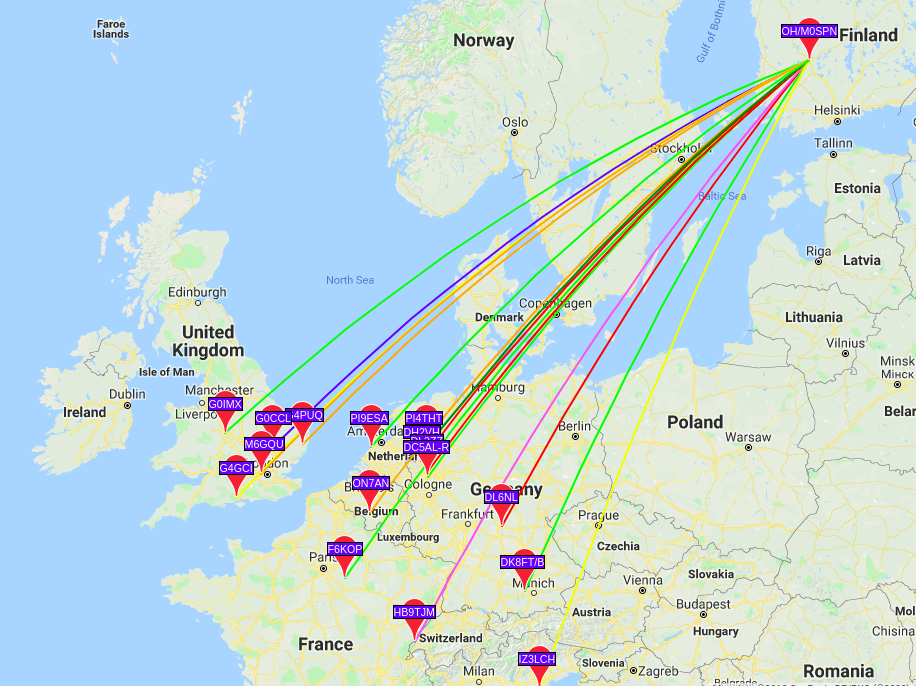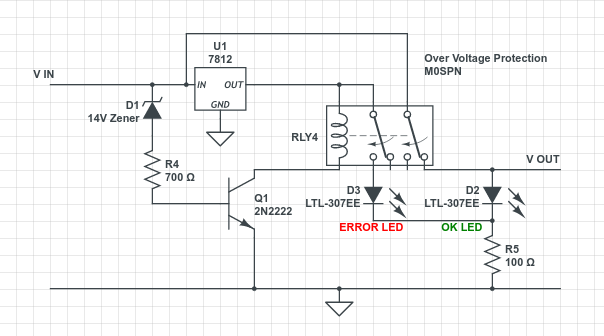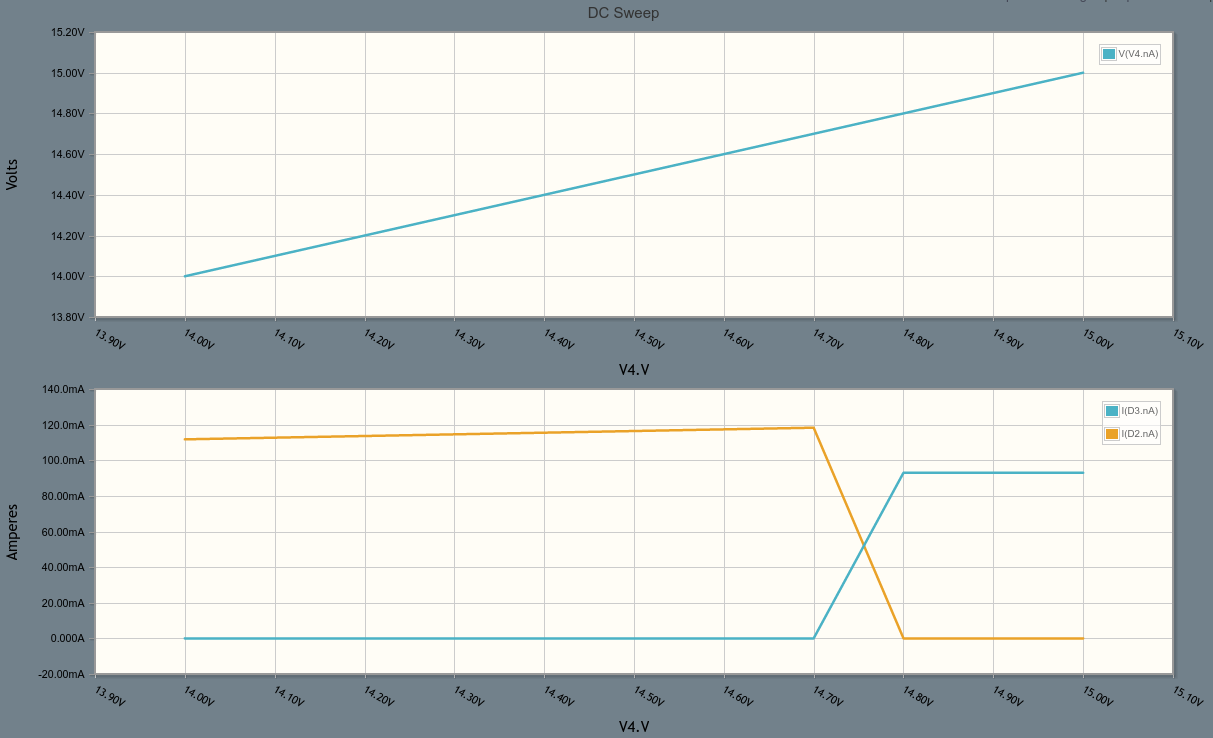This article should perhaps be titled ‘HF Quarter Wave Ground Mounted Vertical Monopole With Radials vs Horizontal Half Wave Dipole at Quarter Wavelength Height’ but that seemed a little wordy.
Having recently resolved my noise issues (which is probably worthy of an article in itself!) I decided to embark on construction and testing of a vertical antenna for HF. I’ve always been aware of the reported advantages (specifically lower angle of radiation) but had never the opportunity to test this myself.
Antenna Construction
I took an extendable fibreglass pole, attached ~5.10m of wire (for 20m band), added 6 radials at the base (2×1/4 wavelength, others various but >0.1 wavelength) and fed this with ~20 meters of RG58. For comparison, the dipole is fed with about 20 metres of ~90 ohm balanced flex; the loss is comparable to RG58. The 20m vertical mounted at ground was ~5 metres high. The horizontal dipole is flat and mounted at approximately the same quarter wavelength height.
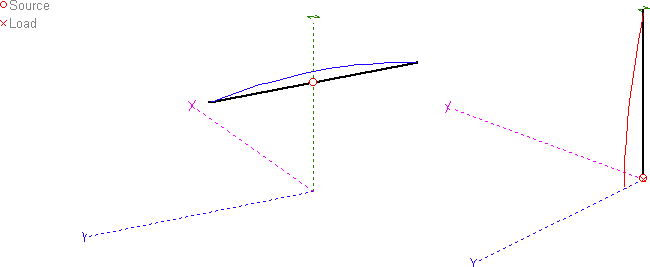
Note: Not to scale
Results
Firstly, and partly to be expected: +2 S points of noise on the vertical compared to the dipole. Secondly, and also partly expected: some signals barely audible compared to the dipole (different polarisation, some signals may be arriving vertical, some horizontal – no problem). Thirdly, and this was not expected – consistently poorer RX by about 2 S points on almost every signal received.
I say ‘almost’. In a few cases the RX signal was comparable but the added noise from the vertical lowered the SNR ratio, making signals difficult to copy. In one case I found one signal briefly higher on the vertical than the dipole but this station quickly vanished so I was unable to identify the location.
Here’s an example audio recording whilst switching between antennas. This was a random CW signal using a wide filter, but the results were the same across 20m regardless of mode (higher noise is vertical):-
Switching to TX and reports were typically also 2 S points down compared to the horizontal dipole. On a couple of occasions I was told the signals were equal or comparable. In summary, 2 S points down on both TX and RX; at least the results were consistent.
First Thoughts
Considering reasons for this, my first thought was height. All of the vertical antenna falls below the dipole’s peak height of ~5 meters with the highest current section being closest to the ground, whereas the entire length of the dipole is ~5 metres high.
Secondly, could it simply be a question of angles? Perhaps the low angle DX just wasn’t there, or the increased noise on the vertical was negating any advantage here? I thought I’d model both antennas and check what the reality is regarding ‘take off’ angles.
The Theory
Let’s start with the dipole:
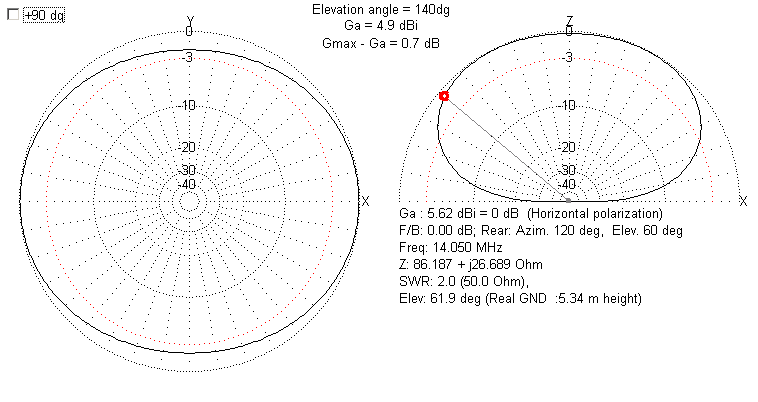
As expected, a squashed sausage showing gain to the sides and nulls at the ends. Here, I took a random guess at the ideal angle of radiation for a QSO to the UK from Finland, 40 degrees. In reality, having now tried some calculations, I think this could be lower. However, assuming 40 degrees, here we see gain of 4.9dBi.
Now let’s take a look at the vertical quarter wave:
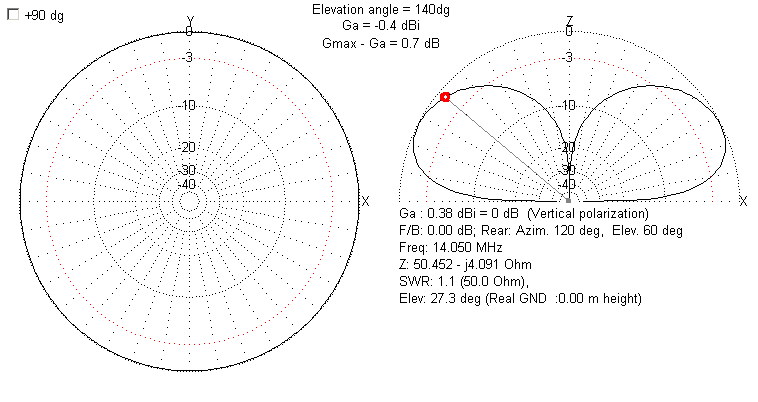
Here we see the expected doughnut (donut for our US friends) shape. The assumed 40 degree angle is also selected, showing a gain of -0.4dBi (making it 5.3dB or ~1 S point down vs the dipole). We can see higher gain at lower angles though, at the expense of higher angle radiation. This is why verticals are considered DX busters, right?
Now let’s take a look at both elevation plots together:-
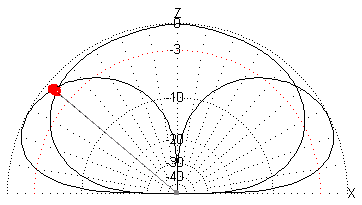
This is a highly deceptive as gains are plotted against an isotropic radiator, not each other. However, the crossover point where the vertical shows an advantage is just under 20 degrees. Experimenting further with the take-off angles in MMANA-GAL shows that even when the vertical has the advantage at lower angles, it’s marginal in terms of dB (and certainly in terms of S points). In my case, this advantage is totally negated by the increase in noise. Taking it to an extreme, at the DX friendly angle of 5 degrees, the vertical does show a 3dB advantage; Half an S point.
Discussion
As I believe most of my target operating happens above DX angles (typically ranging between 1000-2000km), in my case the dipole has the clear advantage. For example, at 60 degrees there’s a ~10dB (~1.5 S points) advantage over the vertical. At the other extreme, at 80 degrees (NVIS) a ~20dB (>3 S points) advantage over the vertical. This reflects my real world tests of on average, 2 S points difference in favour of the dipole.
This test was purposely designed so both antennas were at the same height. If the dipole is raised even half a wavelength (10m, in this case) the far field plots are dramatically different; even at 5 degrees the dipole wins (by 3dB). At one wavelength that advantage increases to over 6dB (one S point). See ‘Additional Notes’ below.
Summary
After my research and testing, if I really wanted that rare DX, I’d buy a small compact beam. For all other purposes a horizontal dipole, even at low height, seems hard to beat. If you are planning a vertical, you really do need to ensure any noise issues are addressed or the benefits of the lower angle of radiation will be obliterated by lower SNR, sometimes massively so.
My main discovery here:-
The vertical only shows an advantage when both vertical and dipole are at identical maximum heights.
Note: Yes, additional radials would have probably improved things, but not considerably. Also, raising a vertical antenna and using elevated radials will generally not help. See Calum M0MCX’s video here: https://www.youtube.com/watch?v=fAwDh-RFcFM
Additional Notes
For reference, plots showing the comparison of a a quarter wave ground mounted vertical with radials vs a dipole at half a wavelength high, gain at 5 degrees elevation:-
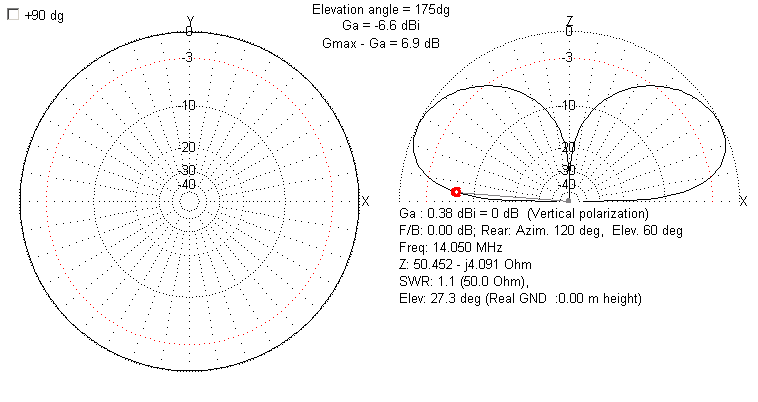
The above (vertical antenna) shows -6.6dB gain against an isotropic radiator at 5 degrees.
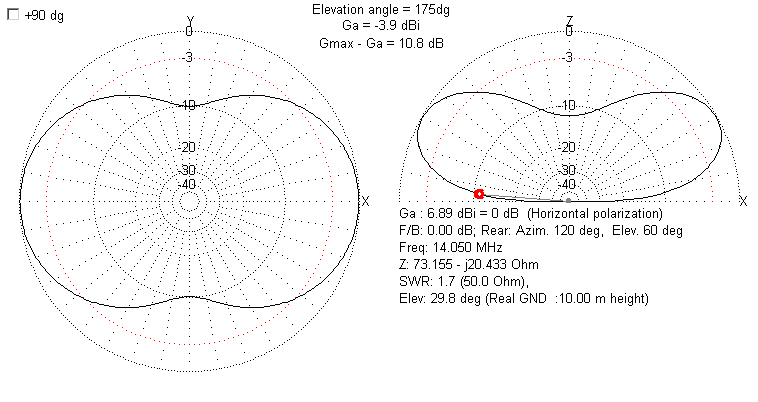
Note: Weird elevation plot due to real ground modelling (not free space)
The above (horizontal dipole) shows -3.9dB gain compared to an isotropic radiator at 5 degrees. That’s a 2.7dB difference (~3dB) in favour of the dipole.
Again, as soon as a dipole is raised in height, the advantages of the vertical are negated.

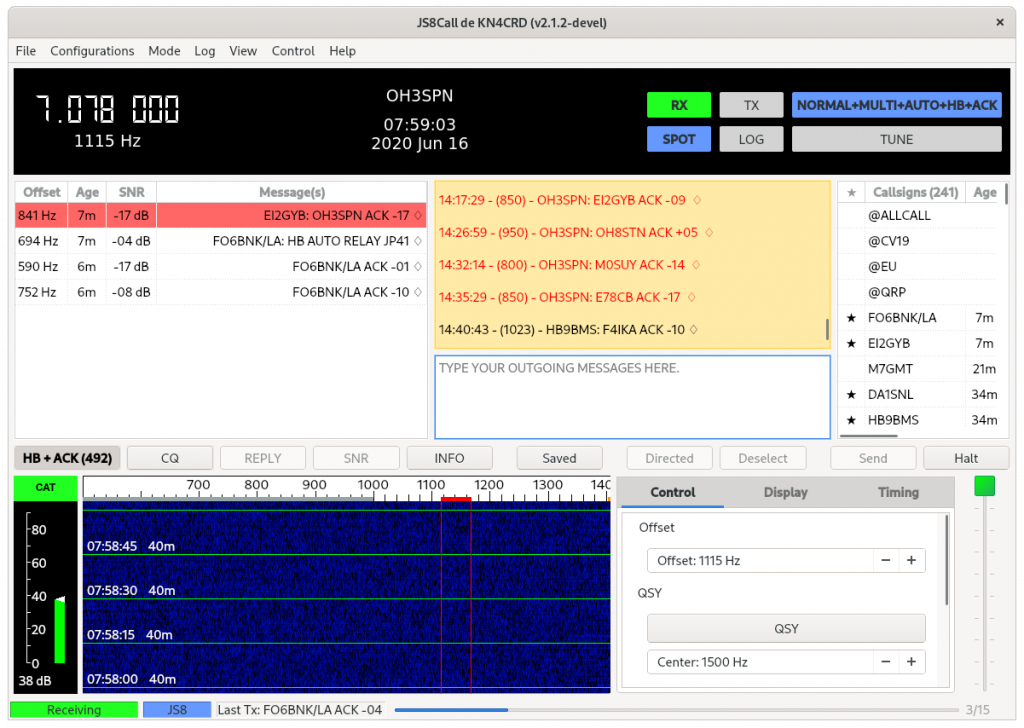
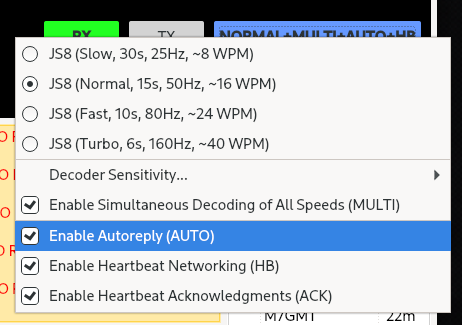
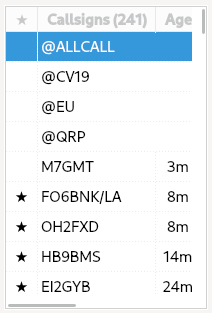

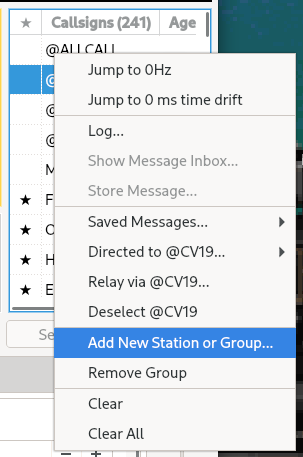
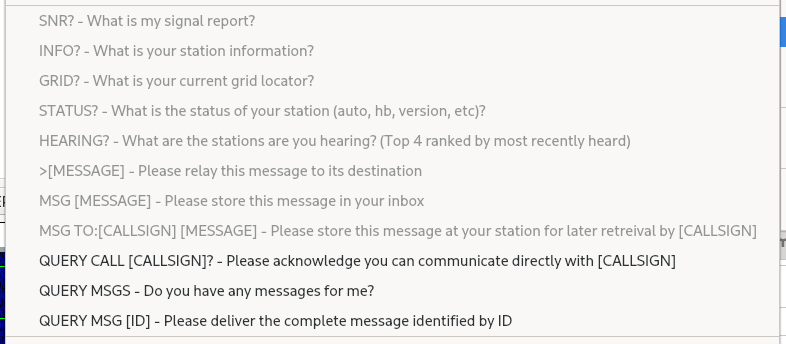





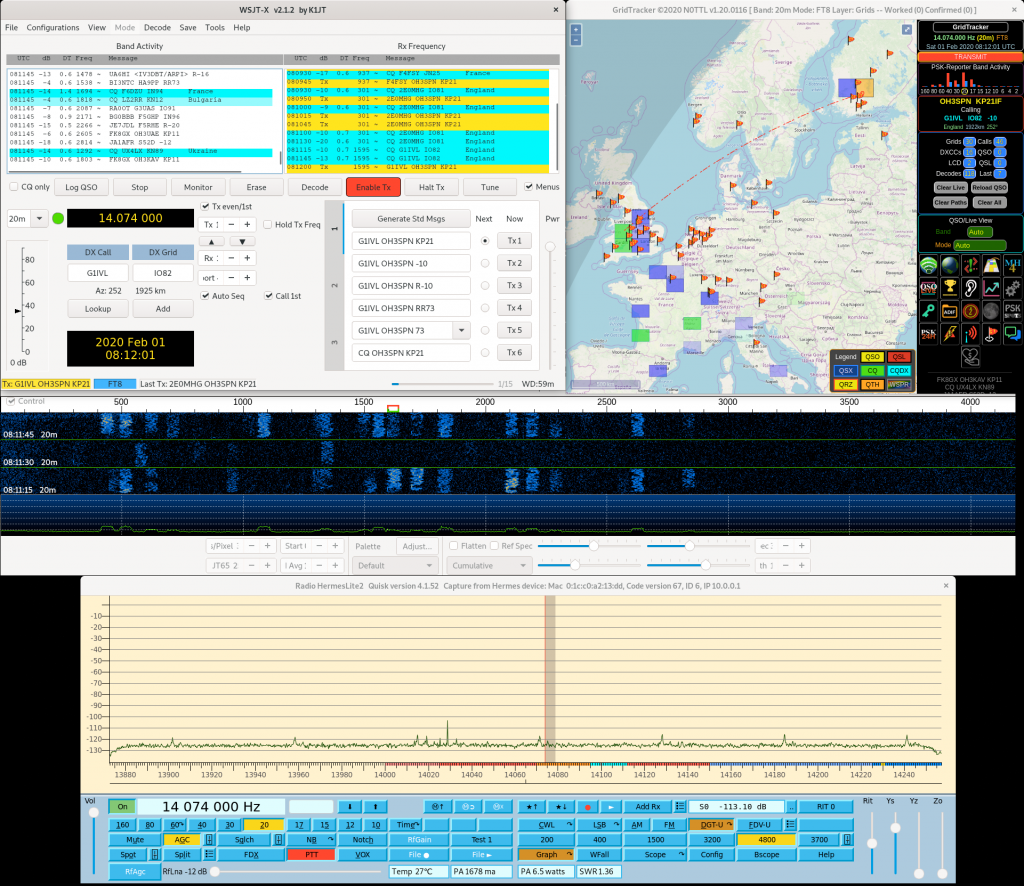
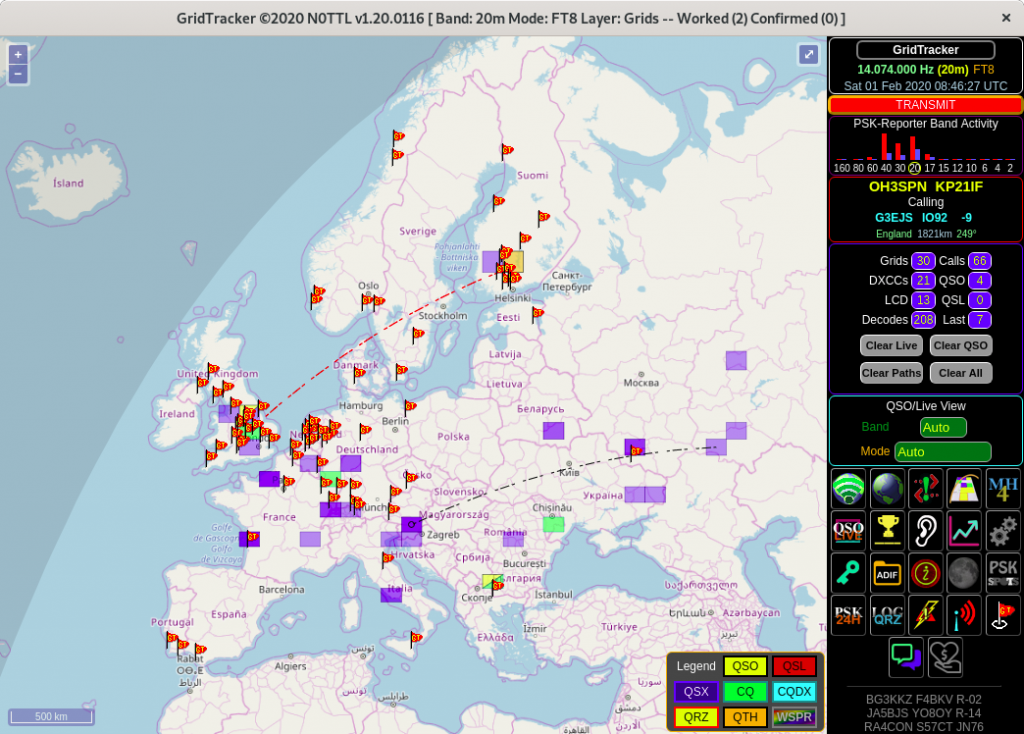
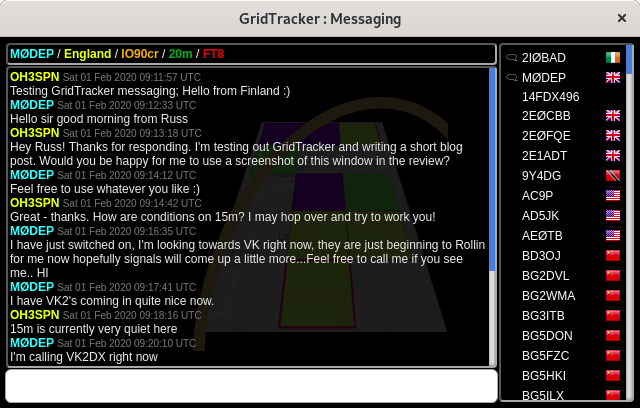
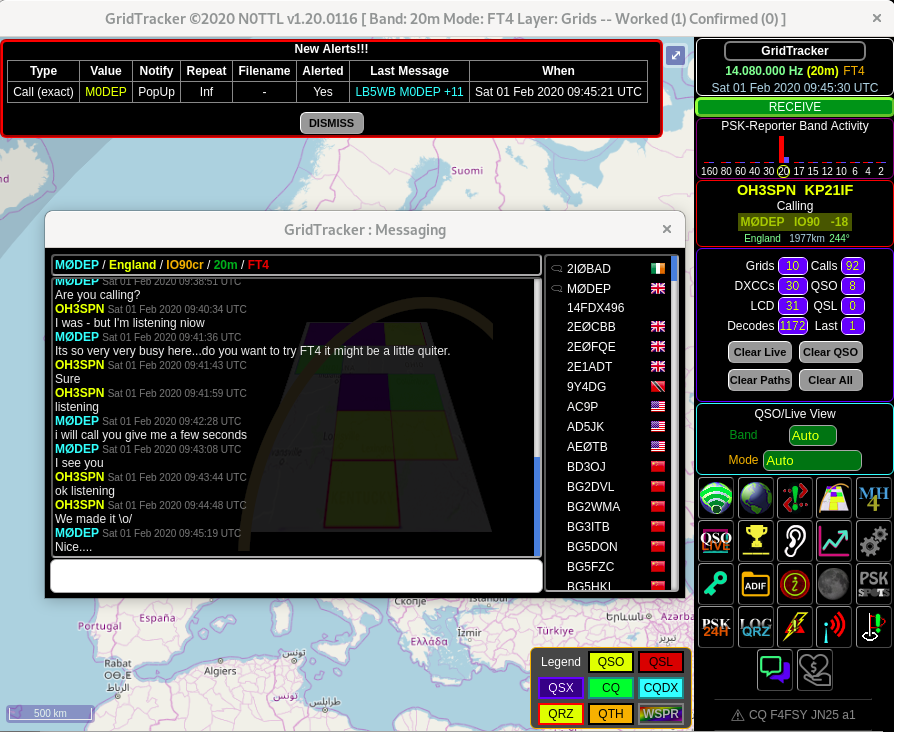
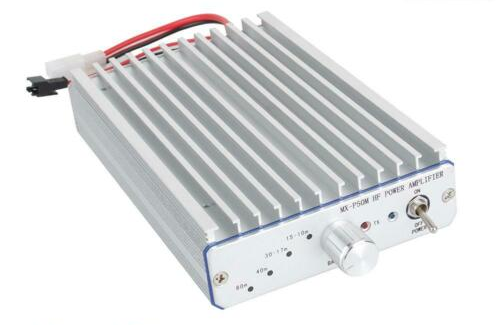
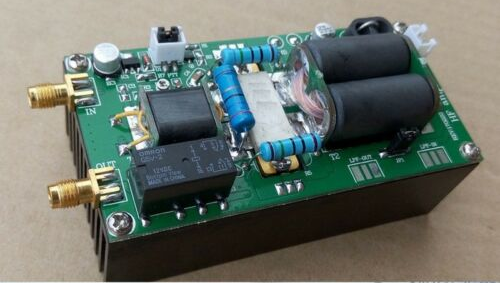
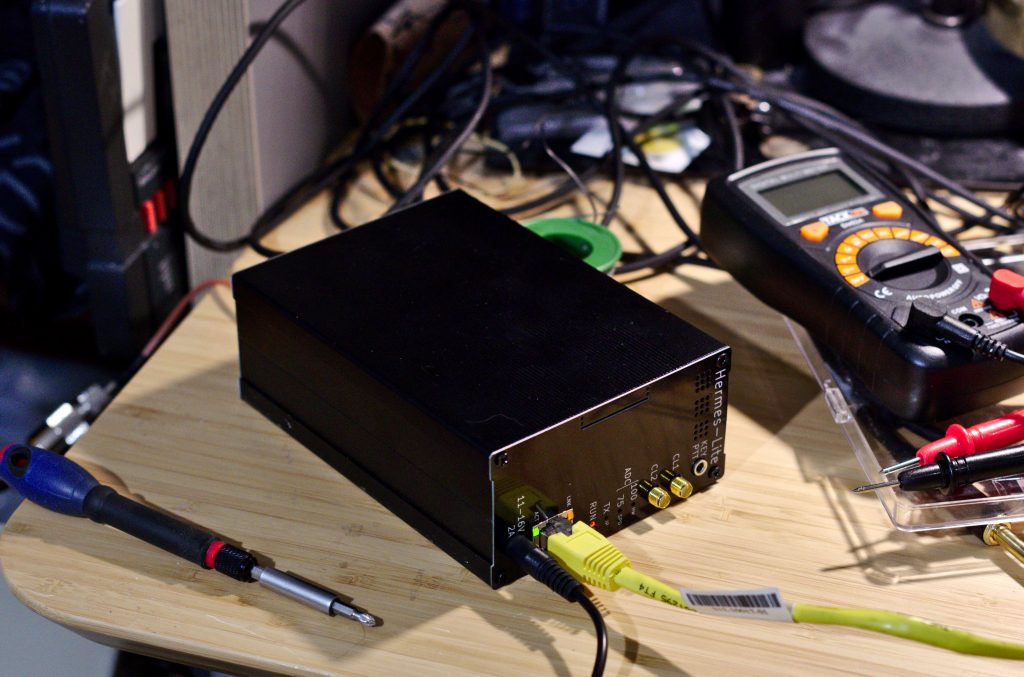
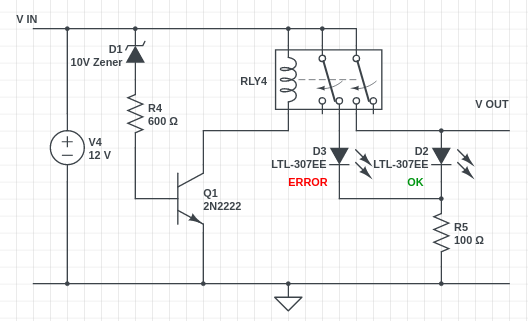
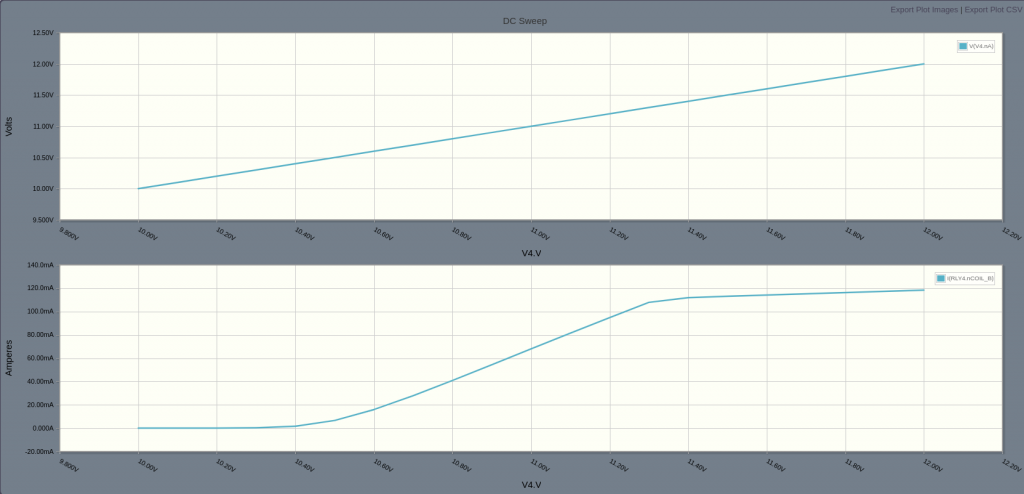
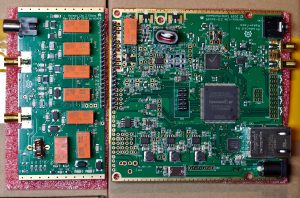
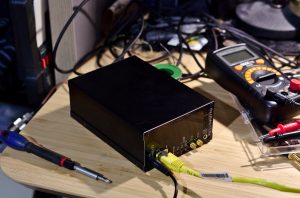
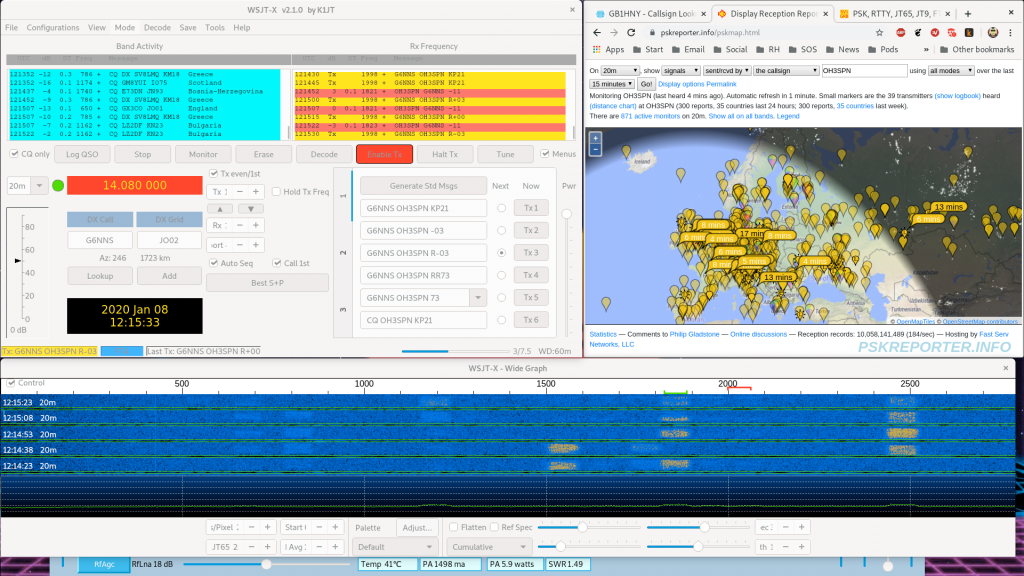

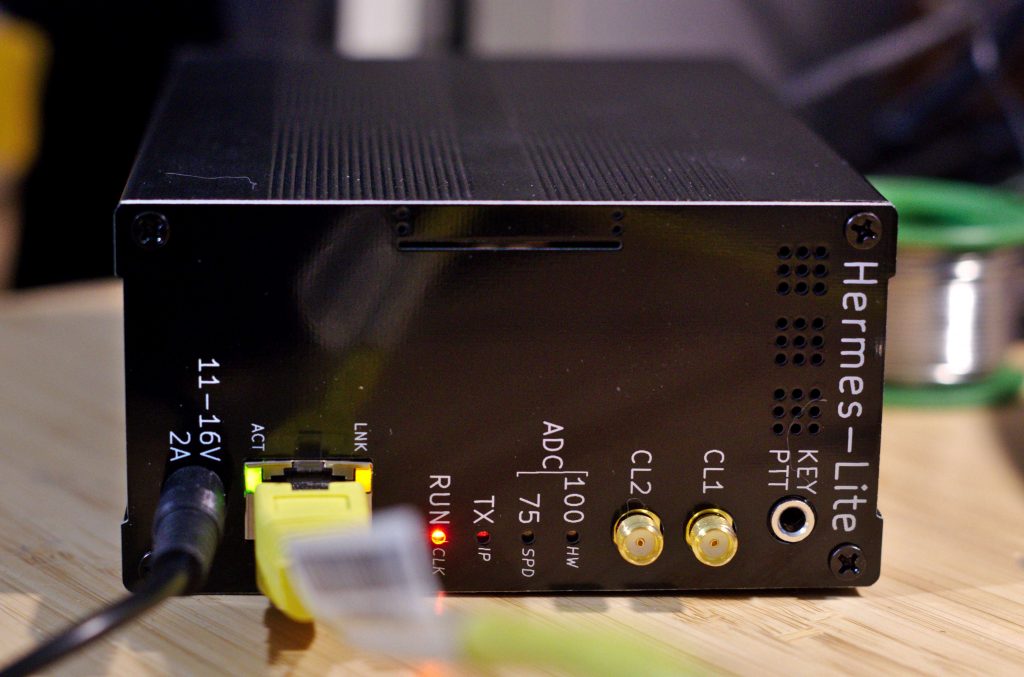
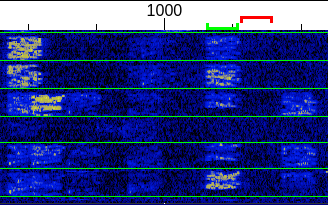
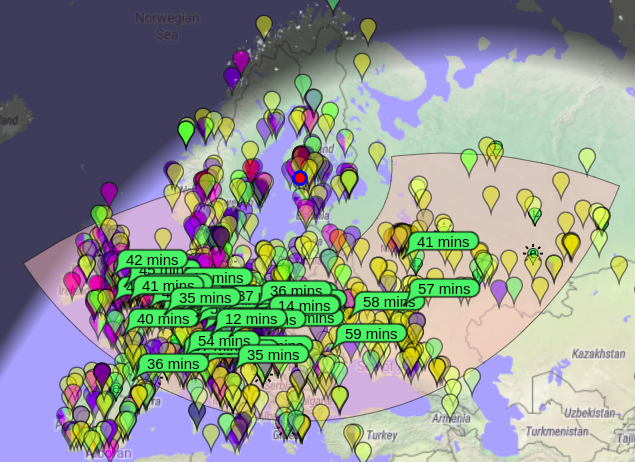
 As of April 2018 I’m now located in Tampere, Finland, Locator: KP11UL. You may see my call appearing in various logs with an OH prefix whilst I’m awaiting my official Finnish callsign.
As of April 2018 I’m now located in Tampere, Finland, Locator: KP11UL. You may see my call appearing in various logs with an OH prefix whilst I’m awaiting my official Finnish callsign.